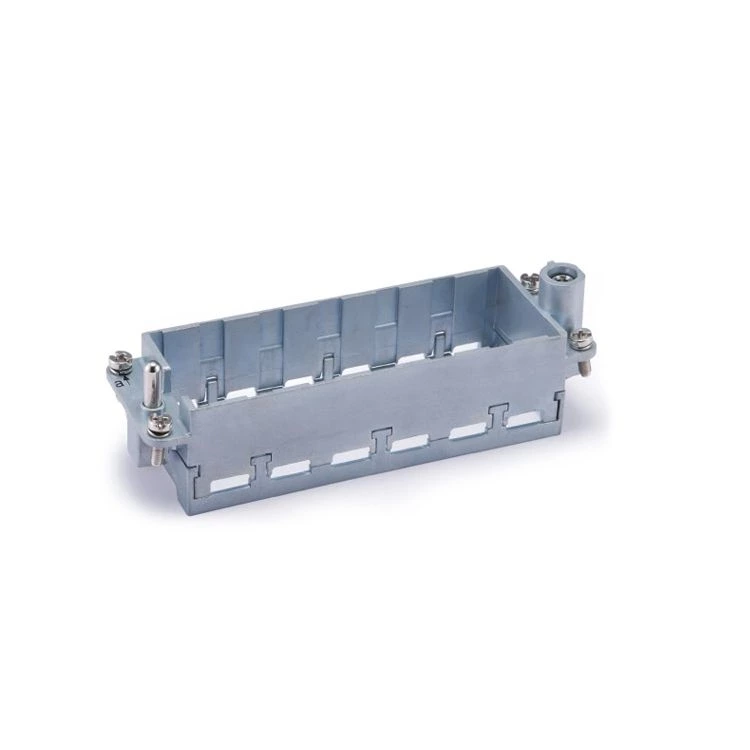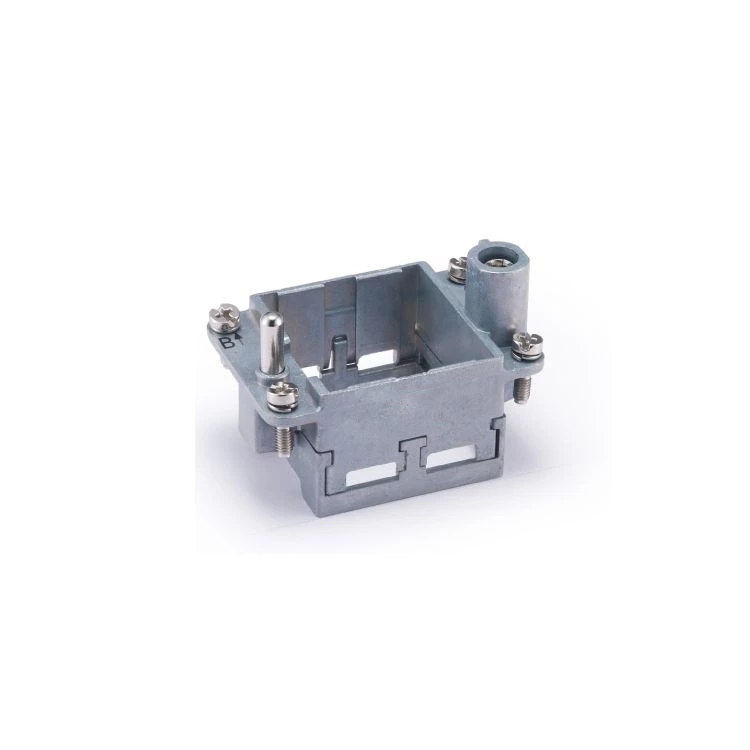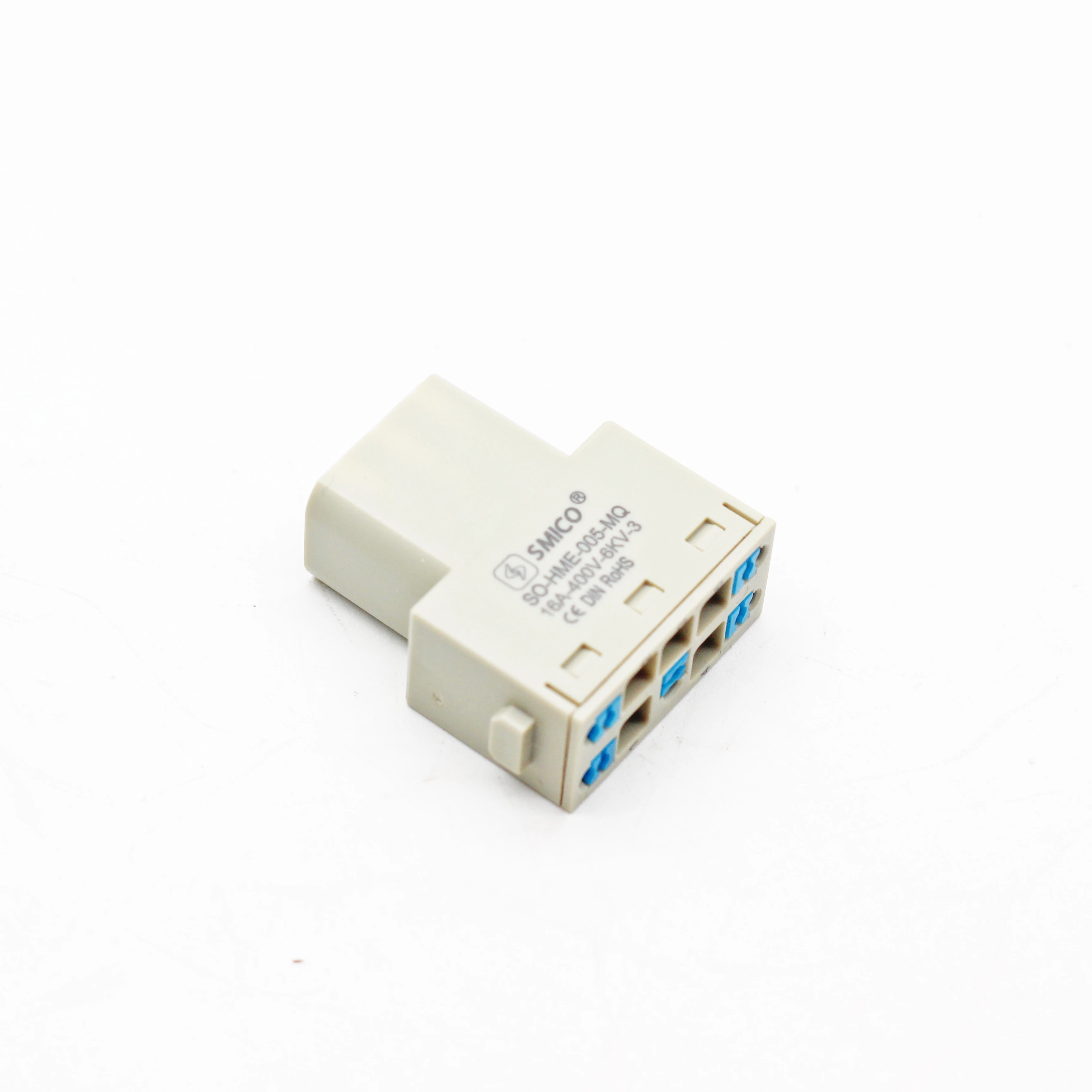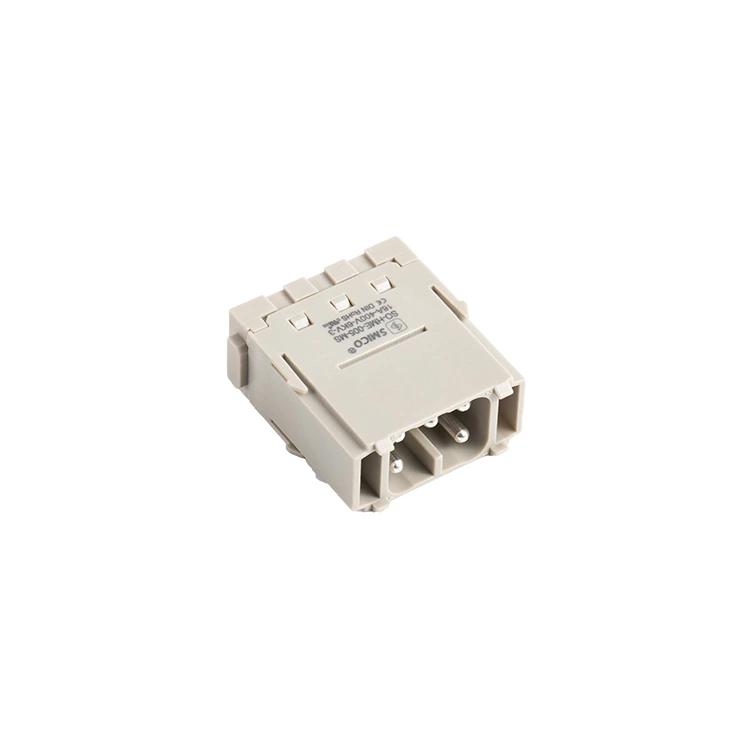Heavy-duty Connector Wiring Instructions
Heavy-duty connector is a high-performance connector widely used in power, communication, industrial control and other fields. It has the characteristics of high reliability, high durability, high contact resistance, etc., and can meet the use requirements in various harsh environments. The following is a description of the wiring method of the heavy-duty connector.
1. Prepare tools and materials
Before wiring, you need to prepare the following tools and materials: wire strippers, wire crimping pliers, screwdrivers, sleeves, insulating tape, etc. These tools and materials will be used for stripping, crimping, fixing wiring and other steps.
2. Open the shell
First, you need to open Heavy Duty Connector. The shell is usually made of metal or plastic, and it is opened with an appropriate screwdriver or wrench. After opening the shell, the internal terminals can be exposed.
3. Wire stripping
Next, you need to strip the wire. Use wire strippers to strip the insulation layer of the wire to be connected, about 10mm in length. Be careful when stripping the wire so as not to damage the internal metal part of the wire.
4. Wire crimping
Insert the stripped wire into the internal terminal of the Suyilian electrical heavy-duty connector, and then use a wire crimping pliers to crimp the wire. When crimping the wire, make sure that the wire is in good contact with the terminal and do not loosen or fall off.
5. Tighten the screw
Close the shell of the heavy-duty connector, and then tighten the screw with a screwdriver. Make sure the screw is tight and do not loosen.
6. Check the wiring
Finally, check whether the wiring is firm. You can use your hands to pull the wire to check whether the wiring is firm, or use a multimeter to measure whether the contact resistance meets the requirements. If everything is normal, you can use the connector to transmit signals or power.
It should be noted that although the wiring method of the heavy-duty connector is relatively simple, you still need to pay attention to safety during operation. Especially in the steps of stripping and crimping, do not damage the wires or terminals to avoid problems such as short circuits or poor contact. In addition, keep it clean during the wiring process to prevent dust or debris from entering the connector and affecting the contact effect.










